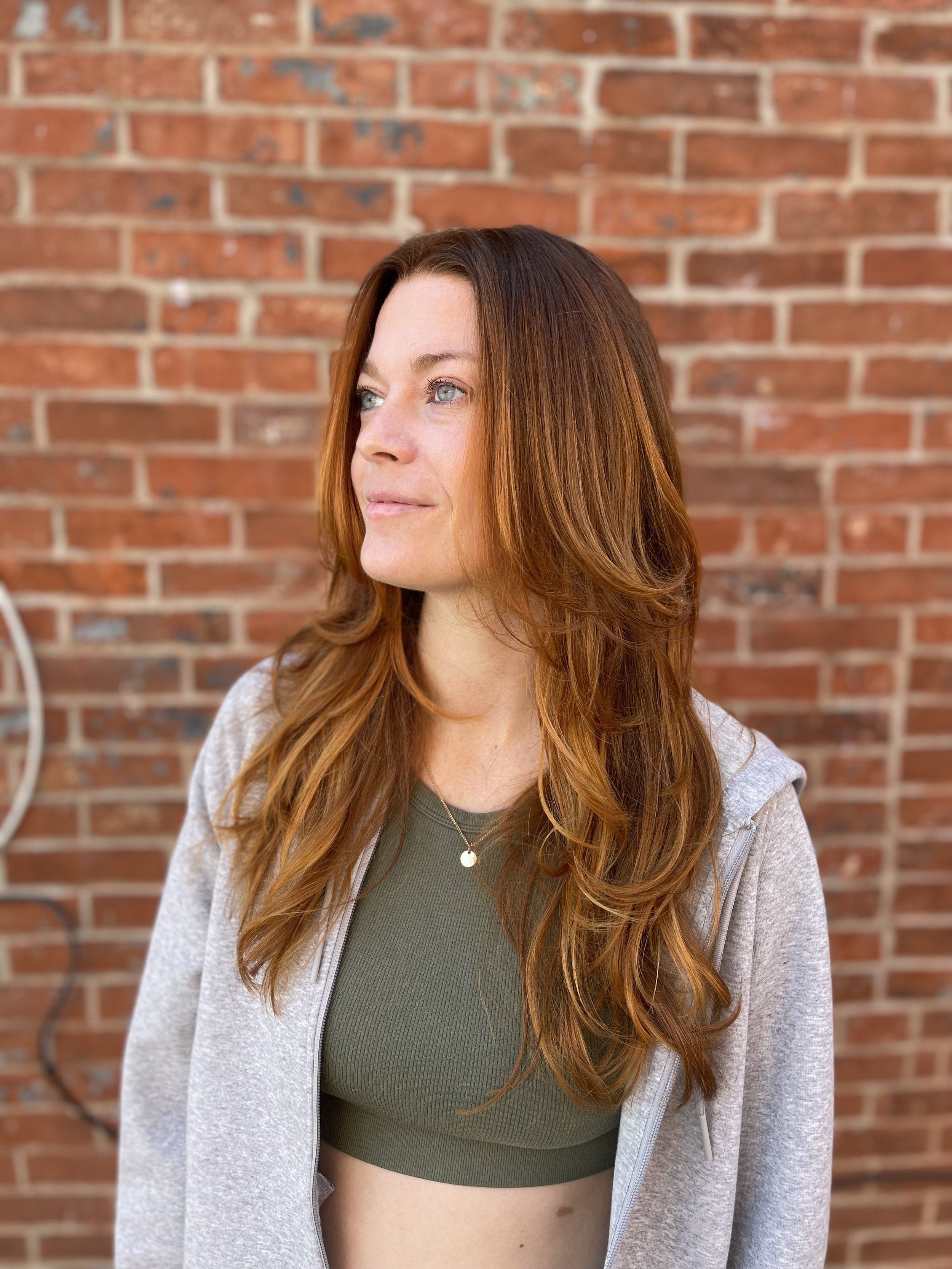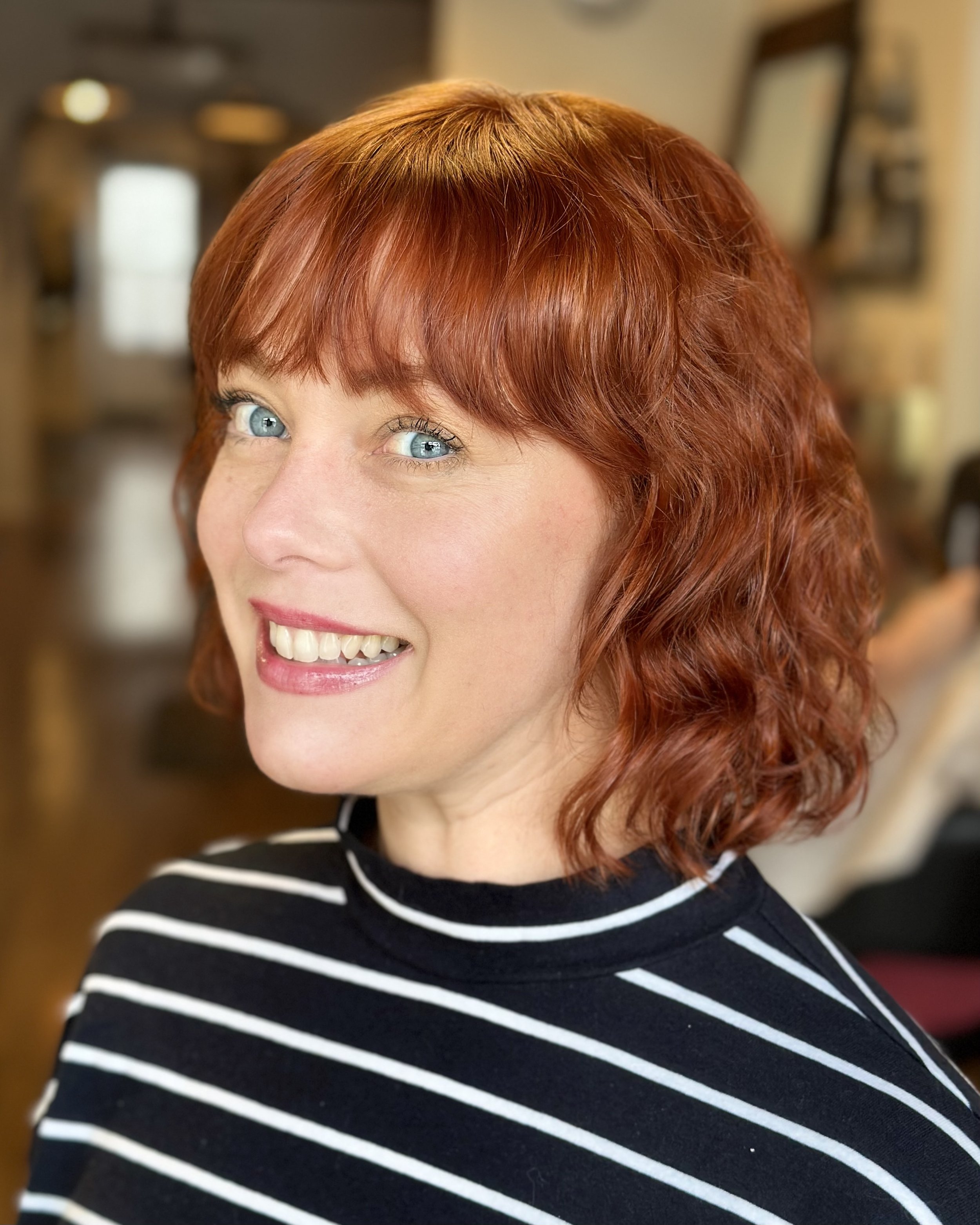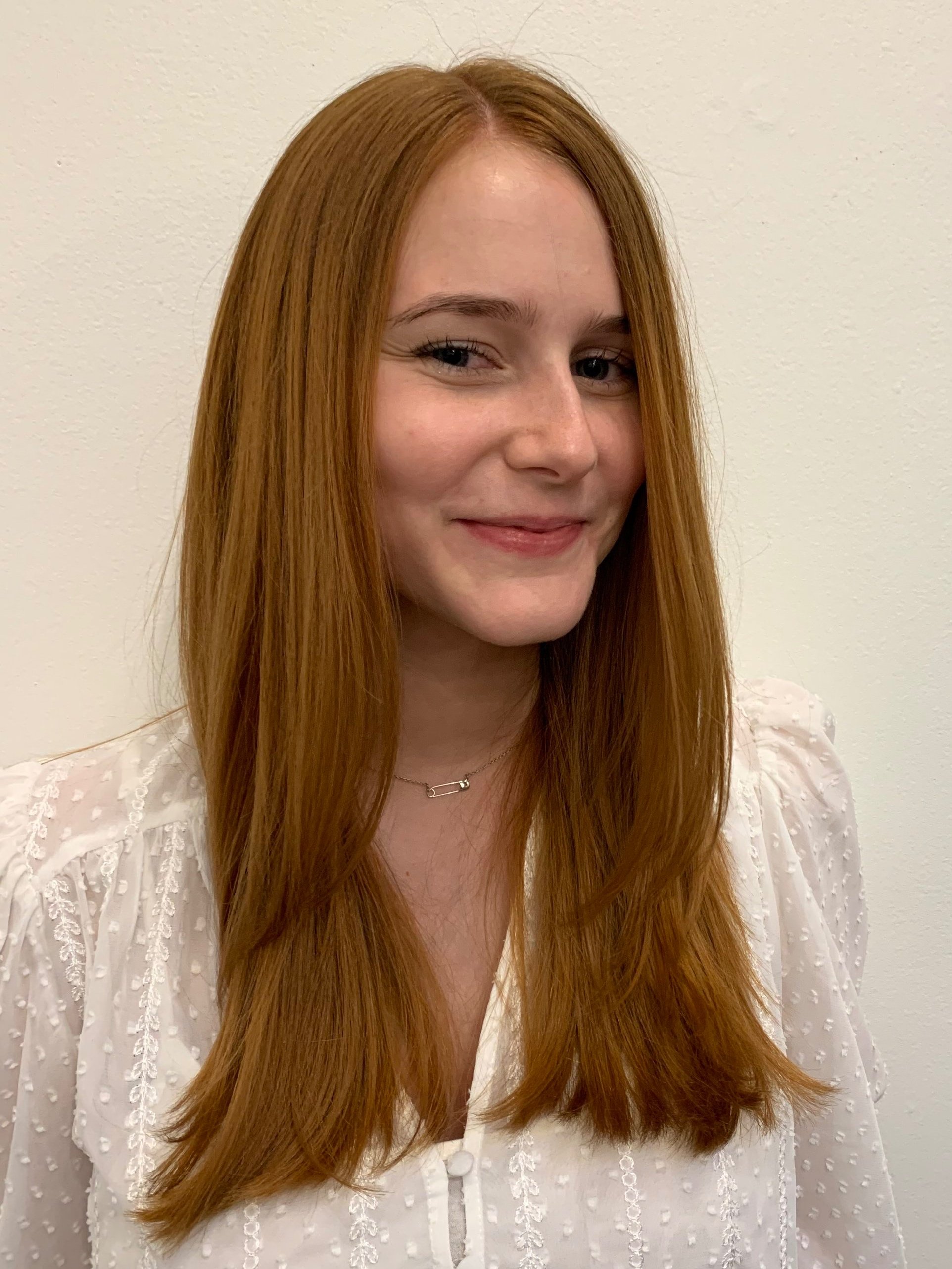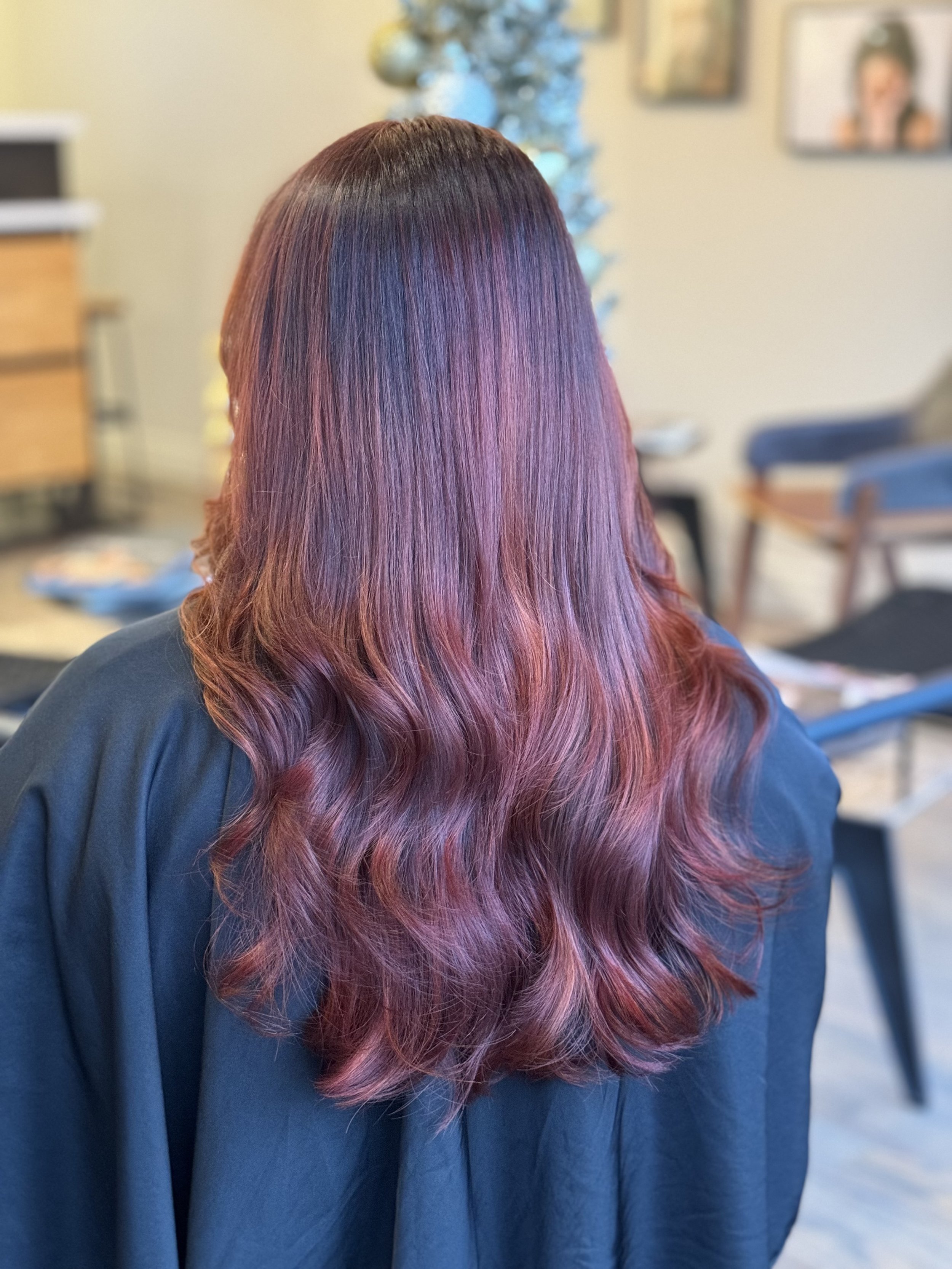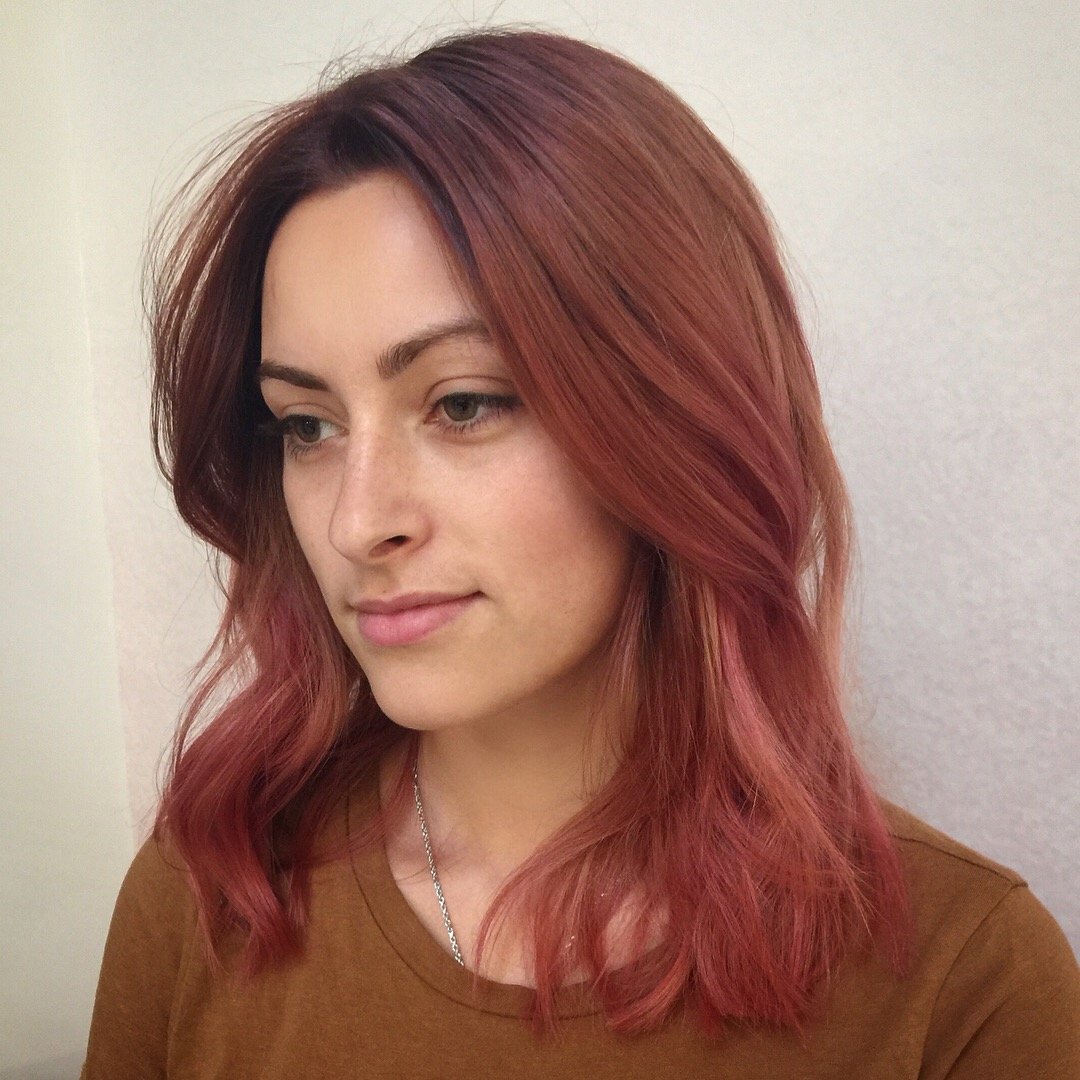Warm vs Cool: Reds
Fall is officially upon us, and in just the last week I have done three consultations for clients interested in changing their haircolor red. And get this, all three clients showed me pictures of Dua Lipa. She made the transition to her “red era” coming up on a full year ago in October 2023, but the look is still going strong. She has experimented with both cool and warm versions of red as shown in the two pictures below, and by the way: these two pictures were taken just under 8 weeks apart.
Dua Lipa at the 3rd Annual Academy Museum Gala on 12/03/23
Getty Images
Dua Lipa at the World Premiere of Argylle on 01/24/24
Getty Images
Isn’t it wild how different her complexion appears wearing each of these variations of red? Notice how her makeup is a different color palette to suit each shade. Which do you think works better for her? I honestly think the warmer colors on the first picture are more complementary, but this was also at the tail end of Autumn so she had a little more tan. It’s pretty complex figuring out which reds are going to be the best for you, so here is a short guide to help. Hopefully this makes it a little easier to pull the trigger if you’ve been thinking about a change for the new season! Up first, the warm reds:
WARM REDS
Warm red haircolors are characterized by vibrant tones that often incorporate shades of orange, copper, and gold. Some examples of warm red haircolors include Copper Red, Auburn, Ginger, Copper Blonde, and Strawberry Blonde. These shades tend to suit warmer complexions, but sometimes contrast with cooler features in mixed complexions can look striking! Here are some loose guidelines to follow for warmer red suitability:
EYE COLOR
Green: Red and green are complementary colors on the color wheel, so green eyes stand out against warm red hair colors.
Hazel: Hazel eyes often have gold and green flecks that are enhanced by orange-based reds like ginger or auburn.
Brown: Warm, amber eyes pair well with other warm reds that are anchored by gold and orange.
Blue: Light blue eyes have tons of contrast against warmer and lighter shades like copper, strawberry blonde, or peach hair. Often you’ll even see flecks of gold in blue eyes which will tie everything together.
SKIN TONES
Fair with Warm Undertones: Fair skin with lighter golden or peachy tones is usually very compatible with lighter strawberry blonde or copper blonde.
Light to Medium with Warmer Undertones: Beige skin with underlying yellow usually harmonizes well with rich ginger or lighter auburn hair that has orange or golden undertones.
Dark, Golden or Easily Tanning Skin: Medium to dark skin with golden undertones wear darker coppers or vibrant dark copper-reds very well.
Freckles: Fair skin with freckles is one of the easiest-to-notice clues that you’ll wear ginger or light copper well!
COOL REDS
Cool reds are characterized by deeper, more muted tones, although some very vibrant cool reds have pink or magenta bases. Blue, violet, and burgundy are the undertones for most cooler red shades. They are less fiery than warm reds, but they typically read as more artificial or fashion shades so they complement very specific eye and skin tones.
EYE COLOR
Blue: Cool reds like burgundy (like the wine!) or dark cherry will make blue eyes pop.
Green (with cool undertones): If your green eyes are more muted instead of golden, reds with a tinge of violet will contrast nicely. Violet and purple eyeshadow works the same way!
Gray: Usually gray eyes will have a hint of blue or green, so jewel-toned ruby reds that are deeper will look beautiful and complementary.
Hazel (with cool undertones): If your hazel eyes or more muted with less gold, cooler reds like dark cherry or cranberry will look nice.
Dark Brown or Black: Rich, deep reds like wine, berry-tones, or cool mahogany create balance with dark eyes. Brighter shades like fire-engine red work if it’s slightly tinged with magenta.
SKIN TONES
Fair with Cool or Neutral Undertones: Fair skin with cool, pink or blue undertones make cooler shades like cherry red look striking.
Light to Medium with Cool Undertones: If your underlying skin tone is pinkish to neutral, deeper reds with less vibrancy or a cooler mahogany can balance your complexion.
Olive: My favorite cool red pairing is with olive skin. Deeper wine red or purplish red is a great combination. In fact, haircolor that is too golden or orange can make olive skin look sallow.
Porcelain & Very Fair: If you are very fair with cool undertones, you can usually carry vibrant tones like plum, dark amethyst, or anything with pink.
Medium to Dark (with cool undertones): Darker, cooler reds such as deep cherry, crimson, and rich ruby look great with dark to very dark, cooler complexions (think coffee and ebony skin).
These guidelines can help determine a foundation for the right haircolor, but remember: not every head of hair is one solid color. Playing with combinations of tones with soft or bold contrast can create the perfect customized color, and that’s where a professional hair colorist will really be key.
Many people (including Dua Lipa herself) are chameleons and can look great with both cool and warm versions of the same darkness/lightness. Sometimes using cool and warm tones together in different proportions will actually be what suits you the best! One of the upsides of the fast-fading nature of reds is that you can easily tweak the tone from appointment to appointment. Play around with different combinations. And remember, if you have to put a ton of makeup on just so that your haircolor doesn’t look like it’s wearing you instead of the other way around, it probably isn’t the right color to begin with.



